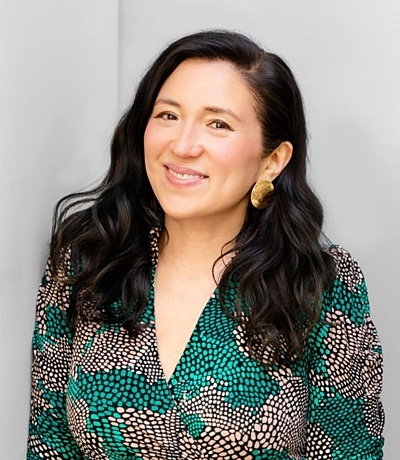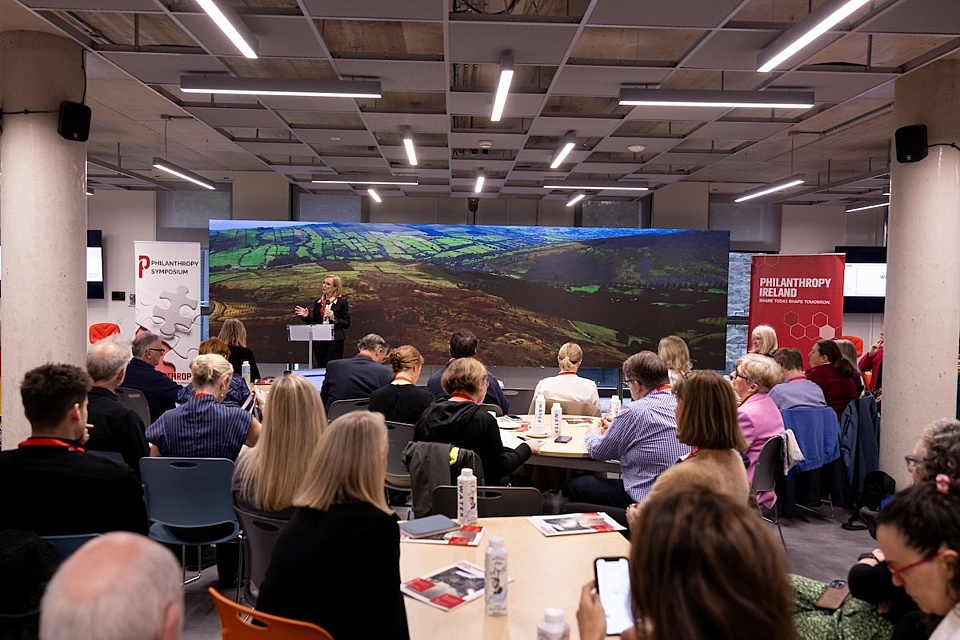
Greater integrity needed in grants assessments
Posted on 24 Nov 2025
The deployment of third-party grant assessors can reduce the risks to funders of corruption,…
Posted on 20 Oct 2025
By Matthew Schulz, journalist, Institute of Grants Management

Charities risk being cut out of vital relationships with their beneficiaries and donors as artificial intelligence (AI) changes how people search for information online, digital expert Zoe Amar has warned.

Amar, the founder of UK-based consultancy Zoe Amar Digital, says the sector must urgently adapt to the rise of “disintermediation”, in which AI tools and search summaries act as go-betweens for people seeking information.
The trend can effectively leave charities invisible to those searching for them online.
“Disintermediation is when AI changes how the people who charities support … receive advice and …[changes how they] seek it,” she said.
“For example, this could [involve] someone diagnosed with a mental health condition who relies on advice from an AI summary on Google, rather than clicking through to a charity website. It could also mean that person seeking advice directly from AI tools such as ChatGPT or Gemini about how to support their mental health.
“All of this means that, for many charities, less people are clicking through to their websites and getting the support they need at the right time. And it’s not just people who need support who are affected. This change means that it’s a lot harder to get people over to your website to donate.”
Amar said that recent studies suggested that just one in 10 people click on website links after reading an AI-generated summary, posing a direct threat to traffic, donations and trust.
“Charities’ decades of expertise risk being diluted or misrepresented by systems that might pull from unreliable sources. The fundamental threat is to trust in our sector.”

To respond, she says, NFPs must go back to basics. “Talk to the people you need to reach. You need to find out what people are asking for and how they’re asking it.
“Charities need to map the real queries their audiences use, not just what they assume people should be searching for. Solid user research is the answer.”
Amar recommends charities:
The risks, she warns, go beyond falling visitor numbers.
“When people get information from AI summaries instead of visiting your website directly, you lose control over your messaging and miss out on valuable first-party data about your audience.
“Charities’ decades of expertise risk being diluted or misrepresented by systems that might pull from unreliable sources. The fundamental threat is to trust in our sector.”
She argues NFPs must diversify their online presence, integrate search engine optimisation (SEO) with social media strategies, and “build relationships that don’t depend on search algorithms”.
“This sounds daunting but it's about creativity, diversification and understanding your audience – all things that charities are good at,” Amar said.
Amar said disintermediation was a symptom of a structural shift in the digital economy, and charities and NFPs needed to adapt.
“We've seen a lot of changes to the digital ecosystem over the last few years, but this is the most disruptive one yet. The ecosystem has fundamentally shifted, and strategies that worked even two years ago may not be effective today.”
She said this meant charities should:
“The goal isn't to fight the technology, but to ensure your vital work remains accessible to those who need it most,” she said.
UK Charity Digital Skills report | ‘AI essentials’ video resources

Posted on 24 Nov 2025
The deployment of third-party grant assessors can reduce the risks to funders of corruption,…

Posted on 29 Oct 2025
There is not one single way to do philanthropy – everyone can find a place in the evolving…

Posted on 29 Oct 2025
A UK charity has moved to reduce wasted effort by grantseekers by allowing for more informal…

Posted on 20 Oct 2025
Charities risk being cut out of vital relationships with their beneficiaries and donors as…

Posted on 23 Jun 2025
Fragmented data systems, inconsistent wellbeing metrics, and pressure from central government…

Posted on 15 May 2025
SmartyGrants UK is pleased to announce two new collaborations that further our commitment to…

Posted on 05 May 2025
SmartyGrants has released a new embedded reporting tool designed to strengthen grantmakers’ ability…

Posted on 01 May 2025
A UK foundation rating system offers valuable insights into how grantmakers around the world can…

Posted on 01 May 2025
With the charities sector juggling restricted grants, tight timelines, and a must-succeed…

Posted on 13 Mar 2025
In a February 2025 piece, Maria Chertok and Chandrika Sahai say there's a growing awareness within…

Posted on 10 Mar 2025
Signing on a £1 million (AU$1.93 million) grants program celebrating maritime histories around the…

Posted on 10 Mar 2025
Adam Ognall, executive director of partnerships and practice at Philanthropy Australia, considers…